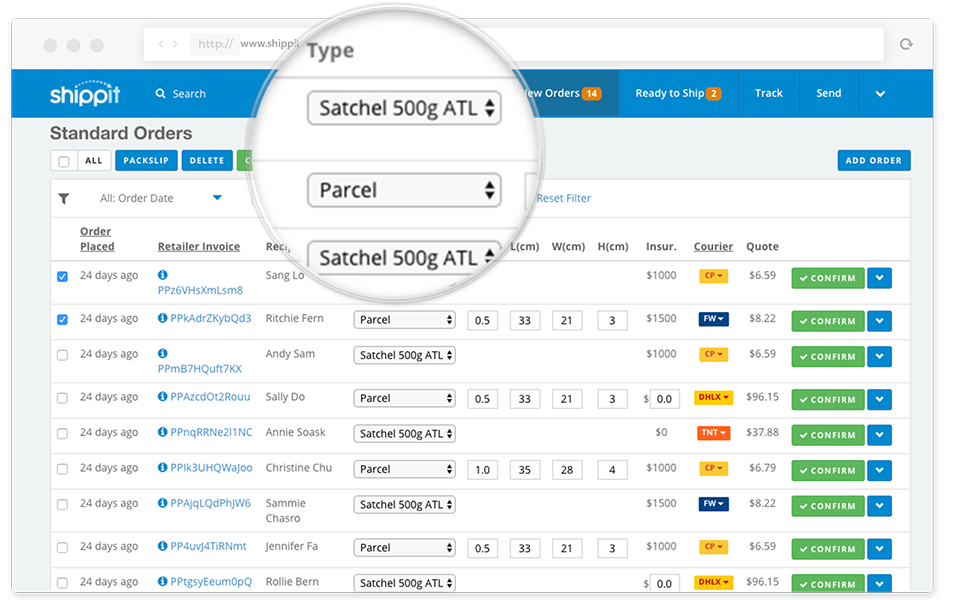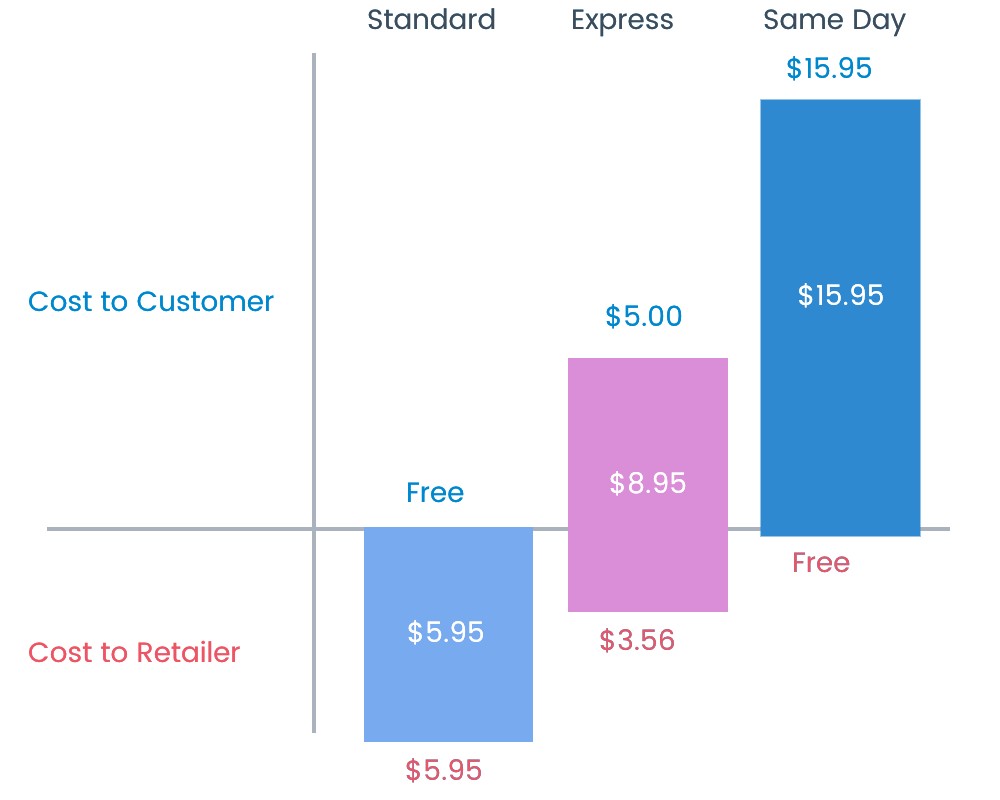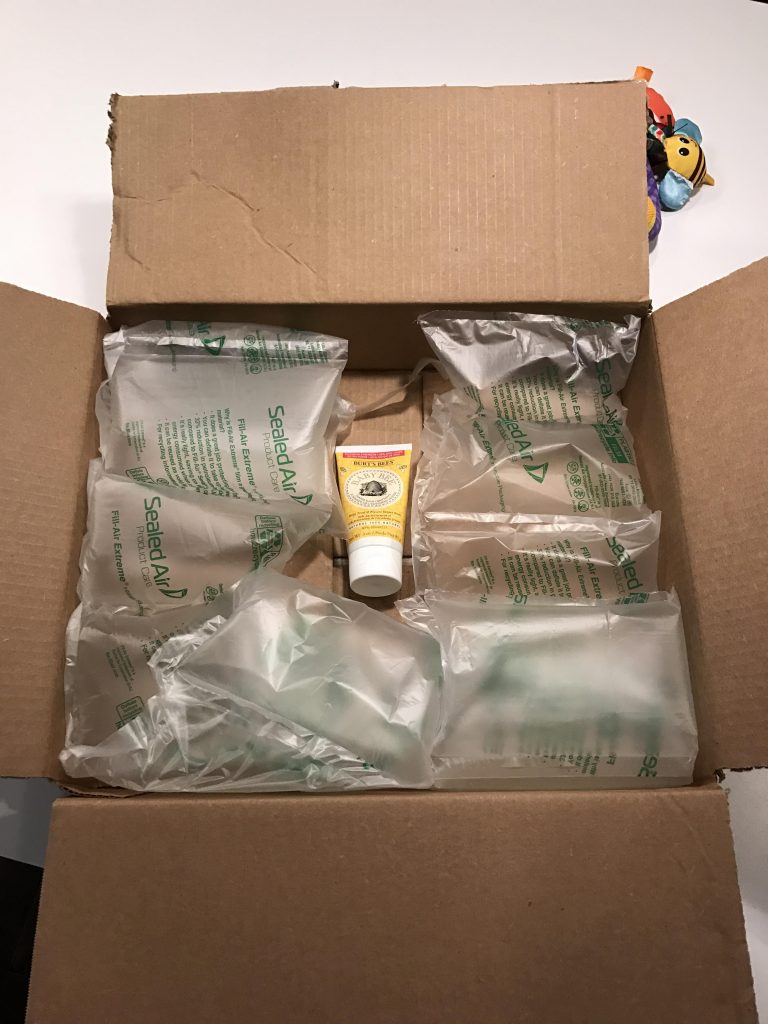Most of us will think of one name when it comes to the largest global eCommerce giant. This one seller has set the tone and pace of customer buying behaviour for nearly the last decade, and they’ve been able to grow from a one-man-band in a garage selling books, to one of the most highly advanced logistics businesses on the market that sells basically anything you can imagine.
Amazon; the online marketplace consumers love to browse, review and order their favourite items, and the biggest name business owners across the world both look up to and compete with.
Yes, Amazon is huge and offers free, fast deliveries. Yes, they have a massive logistics network and budget to boot. But it’s not all doom and gloom. There is a lot we can learn from Amazon, and easy shipping strategies to help us compete do exist.
Offer free shipping
If you want to compete with Amazon, there is no doubt about it; you need to offer free shipping. There is a range of different ways you can do this; either by establishing a free shipping threshold or by offering free shipping on standard delivery services. Either way, free shipping is a must if you want to stand out.
60% of customers expect to see free shipping at the checkout and are willing to wait even longer to receive their order if they don’t have to pay. Free shipping is a big leap for business owners, but by implementing a free shipping threshold you can increase your order value and offset the costs of shipping. Without a free shipping threshold, you may want to revise your pricing strategy to account for the cost of logistics.
Shipping costs need to be affordable for both you and your customers
Putting free shipping aside for a moment, there will be occasions when it’s not possible to offer free shipping to customers (if you’ve ever shipping anything from Sydney to Perth you’ll know what we’re talking about).
In these cases, you should always try to reduce shipping costs for your customers, while also ensuring your business isn’t exposed to the brunt of the costs. There is a range of shipping strategies you can implement to reduce your shipping costs, and one of the best ways is to ensure you offer a diverse range of shipping services at different price points:
Negotiate your shipping rates
You may not know, but if you’ve got a high enough volume of orders, particular courier services will be willing to offer you competitive shipping rates to keep your business. Shippit already has a range of pre-negotiated rates you have access to instantly, but creating your own relationships with couriers is also a great way to ensure reliability and high-quality services.
Don’t waste money on the wrong packaging sizes
Amazon has taken their package sizing to the next level.
Although it seems strange to place one hand cream in a huge box, Amazon has figured out the exact number of parcels, and their sizes, to fill their trucks.
For most business owners though, placing a small hand cream in an over-size box not only wastes expensive resources, but you’ll be charged for both the weight and size of your package. Many business owners fail to standardise the size of their boxes to suit their products, and this results in unnecessarily steep shipping costs.
Without meaning to do another shameless plug, Shippit can also automatically sign packaging sizes to your orders, so you can start saving costs instantly.
Put your customer first
Many of us forget to keep the customer first and foremost in mind when we offer new things like free shipping, diverse shipping options, or more transparent delivery updates. At the end of the day, these tactics shouldn’t just be ways to save money or make sure your business stays relevant; the most effective way to think about it is to remember that your customers want to know how much you care about them. Whether it’s adding a small thank you card, sending them proactive delivery delay alerts, or even asking them what they though about their experience can go along way to standing up against online giants like Amazon.
Ask yourself:
- Is my customer journey seamless across all channels?
- Is it easy for my customer to purchase from me?
- Do I offer my customer transparent shipping options at checkout?
- Am I keeping my customers updated on the status of their deliveries?
If you answered yes to all of these, then well done! If not, feel free to get in touch with our team to see how we can help you improve your customer value proposition.



